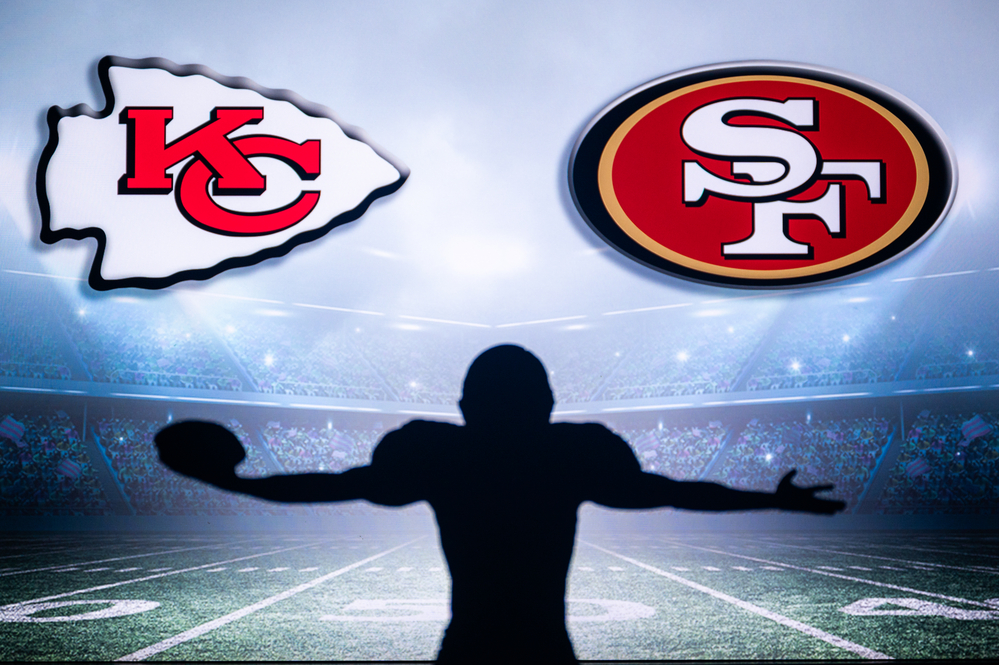It is my favorite time of year. The end of the NFL regular season! I’m not a hater of the NFL. I’m a lover of seeing economic principles in real life! Many players have incentives in their contracts if they achieve certain statistics over the course of the season. For instance, the Chicago Bears kicker, Cairo Santos, made $500,000 for having a field goal rate above 90% for the season. Denver Bronco wide receiver, Courtland Sutton, made $100,000 for having 10 touchdowns for the season.
Each year heading into the last weekend people track who is close to their contract incentives. And each year after the last weekend of the season ESPN publishes an article detailing who made their incentives and who fell short. Without fail, each year players and coaches demonstrate the economic principle that incentives matter. Incentives do indeed shape individual’s behaviors. Incentives change the relative price of different behavior.
The Kansas City Chiefs had a great storyline that juxtaposes two players. Going into the last game of the season the Chiefs had already qualified for the playoffs. The game had no meaning for the post season. So many key players did not play. However, many people were surprised when tight end, Travis Kelce decided not to play despite only being 16 yards short of 1,000 yards on the season. Not playing would mean this was the first season since 2015 that he did not reach the 1,000-yard mark. It made it all the more puzzling when defensive lineman, Chris Jones did choose to play in order to try and get his 10th sack of the season. But it was really only puzzling to anyone that did not know the behind the scenes contracts of the two players. There was no monetary incentive for Kelce to reach 1,000 yards. On the other hand, Jones would receive $1.25 million-dollar bonus if he reached 10 sacks on the season. The cost of choosing to play or not was extremely different for the two players.
Two other examples of incentives impacting behavior were Detroit’s Jared Goff and receiver Josh Reynolds. Goff admits he was aware of Reynolds being 10 yards short of a $250,000 bonus. So, in the final possession of the fourth quarter, Goff threw to Reynolds four times in a row to help ensure he got there. Ryan Tannehill wanted to make sure his receiver hit 75 catches and 1,050 yards for a $500,000 bonus. Tannehill admitted that since he is a free agent at the end of the season, he was willing to go against play calls that didn’t favor his receiver in order to get him to the bonus. While Tannehill didn’t end up having to go rogue, he also demonstrated that the cost of disobeying a coach’s play call when you know you are a free agent is much lower than if you are still under contract with the team.
Because incentives impact decisions, it is essential that those incentives align to the goal the organization is trying to achieve. You don’t want players only going after statistics if those plays don’t help the team get to the larger goal of winning. You want to structure contracts so players have individual incentives that align their actions to the goals of the team. Many players have incentives for making the playoffs. This focuses the player on making sure the team reaches a goal.
The principle applies to everything in life. Individuals respond to incentives. Incentives impact the relative cost of different actions which can impact which decisions individuals make.
Amy Crockett is a PhD Candidate in the Department of Economics and a Graduate Fellow in the F.A. Hayek Program at the Mercatus Center, both at George Mason University.


READER COMMENTS
David Henderson
Feb 9 2024 at 3:28pm
Nice. I learned a lot from this post.
You wrote, “While Tannehill didn’t end up having to go rogue, he also demonstrated that the cost of disobeying a coach’s play call when you know you are a free agent is much lower than if you are still under contract with the team.”
Nicely said with thinking on the margin. There’s a good chance that Tannehill will bear some cost because he is less trustworthy than otherwise and a wise future employer will take account of this. That’s why your “much lower” formulation is spot on.
Vivian Darkbloom
Feb 10 2024 at 7:47am
“There’s a good chance that Tannehill will bear some cost because he is less trustworthy than otherwise and a wise future employer will take account of this. That’s why your “much lower” formulation is spot on.”
How does emphasizing the possibility that Tannehill will bear some cost for his statement *support* (“That’s why…”) the argument that free agency entails “much lower” potential costs than under-contract status?
Comments are closed.